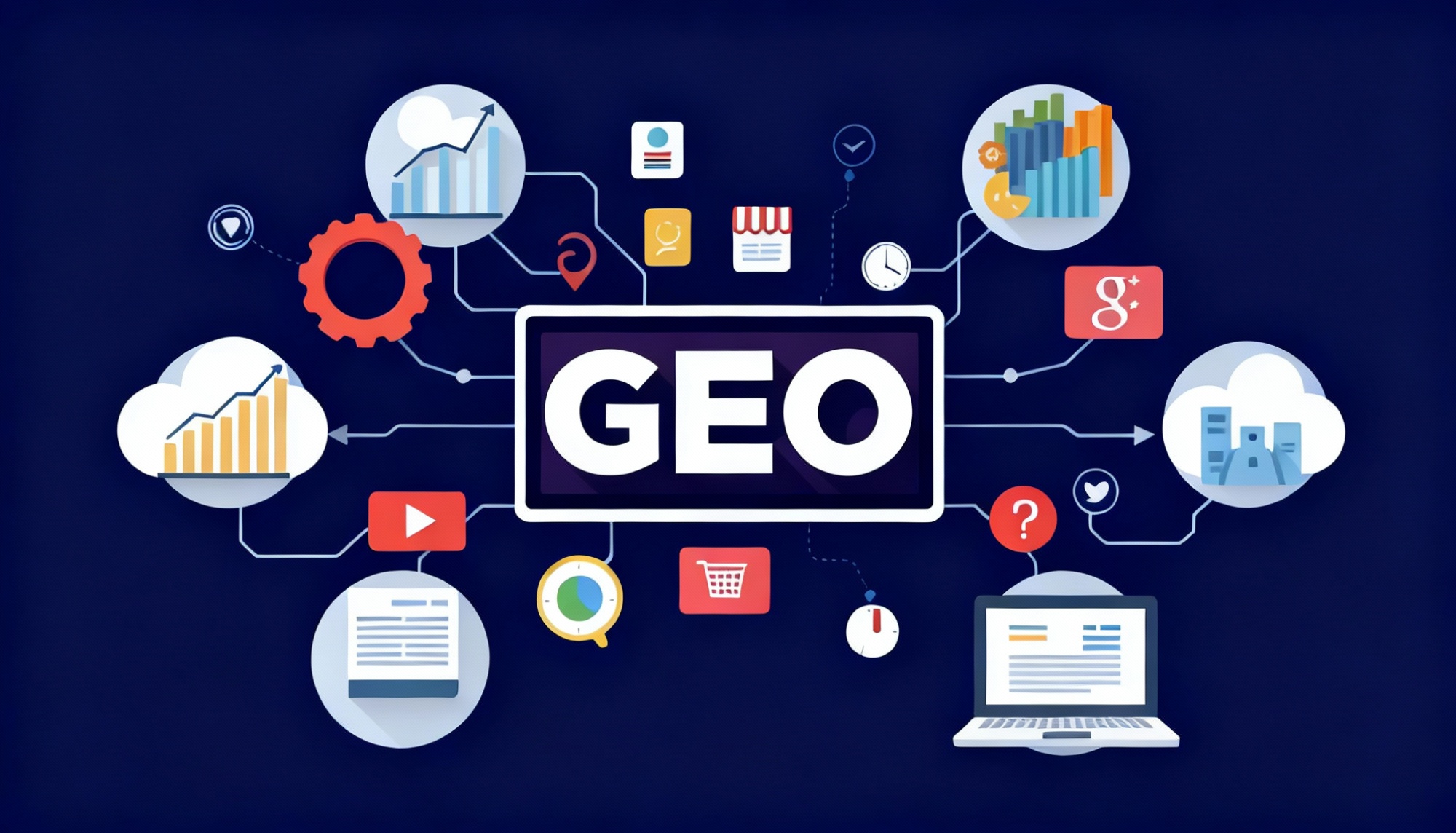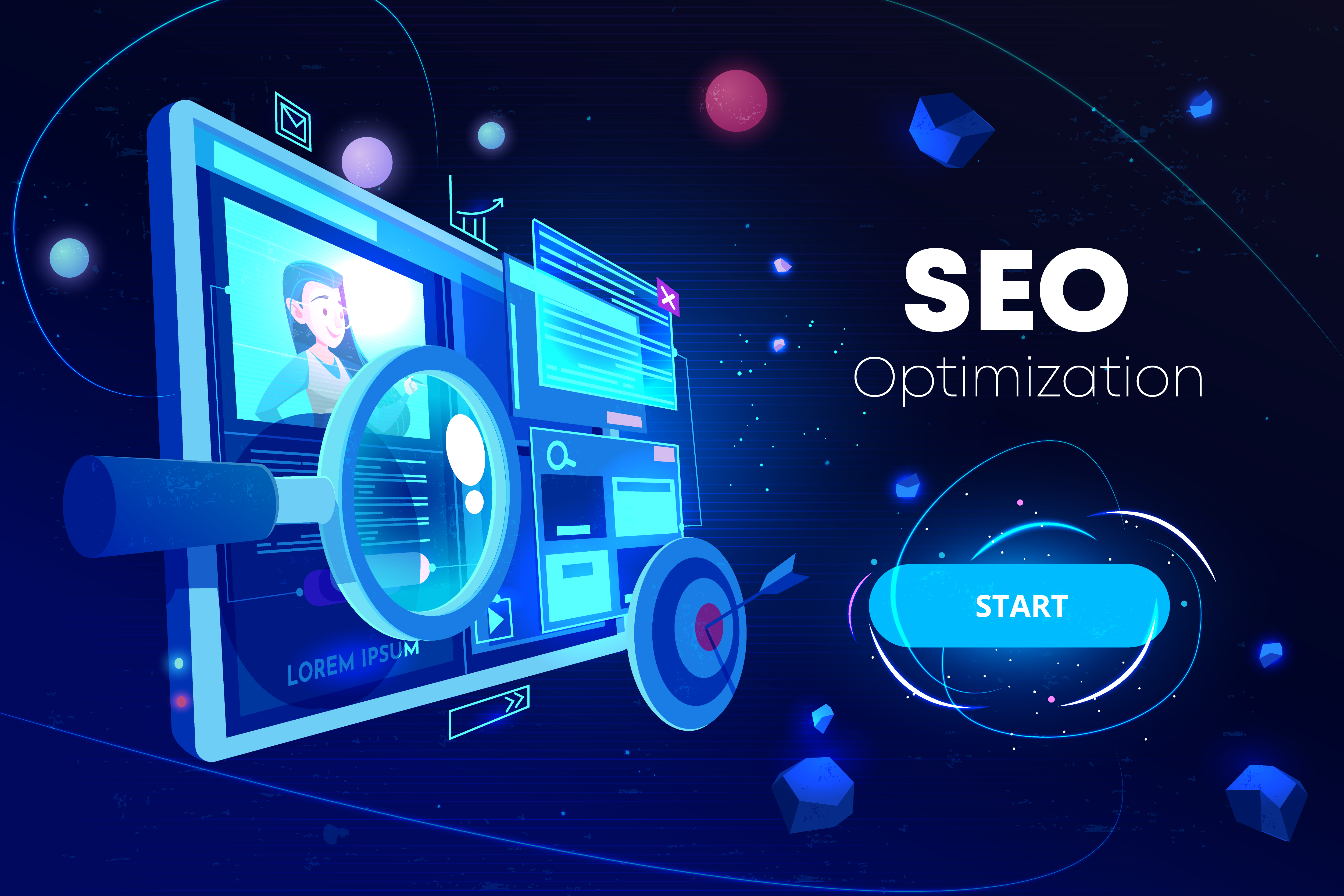Key Highlights
- The rise of AI search means your brand must appear in AI-generated answers to remain visible.
- Answer Engine Optimization (AEO) is the new discipline for improving your search visibility on platforms like ChatGPT and Google AI Overviews.
- AEO tools are essential for tracking brand mentions and sentiment within AI platforms, something traditional SEO tools can't do.
- Optimizing for AEO helps you capture organic traffic and influence buying decisions made through AI research.
- This guide explores the top 10 must-have AEO tools to enhance your digital marketing strategy.
- Integrating AEO with your AI SEO efforts is crucial to dominating the new search landscape and securing a featured snippet.
How do you define AEO?
Answer Engine Optimization (AEO) is the practice of tailoring your content so that AI-driven search engines and answer engines (like ChatGPT, Perplexity, or Google’s AI Overviews) can easily identify, extract, and present your brand’s answers in their responses.
Unlike traditional SEO, which relies heavily on keyword rankings and SERP placement, AEO focuses on clarity, context, and structured information that AI can pull directly into conversational answers. The goal is not just to rank but to be the answer that these systems choose.
For beginners interested in AEO, there are several free tools available that can help analyze your content and structure it for AI-driven answers, such as Google's Structured Data Markup Helper and Answer The Public.
Example: If someone asks an AI tool “What’s the best protein powder for muscle gain?”
- With SEO, your blog might rank on Google’s first page.
- With AEO, your content is structured clearly (comparisons, direct answers, tables), so the AI pulls your brand’s recommendation straight into its response.
What are the 10 most popular answer engine optimization tools?
Choosing the right AEO tools can feel overwhelming, especially with so many new platforms emerging. These tools are designed specifically for answer engine optimization, helping you understand how AI search engines perceive and rank your content. They provide the insights you need to track your visibility, analyze competitors, and refine your content strategy.
To help you navigate, we've tested and reviewed the top platforms that actually deliver results. Below are the 10 best tools for answer engine optimization AEO tools that will help you bridge the gap between traditional SEO and the demands of AI search, ensuring your brand gets found and cited.
1. Scalenut
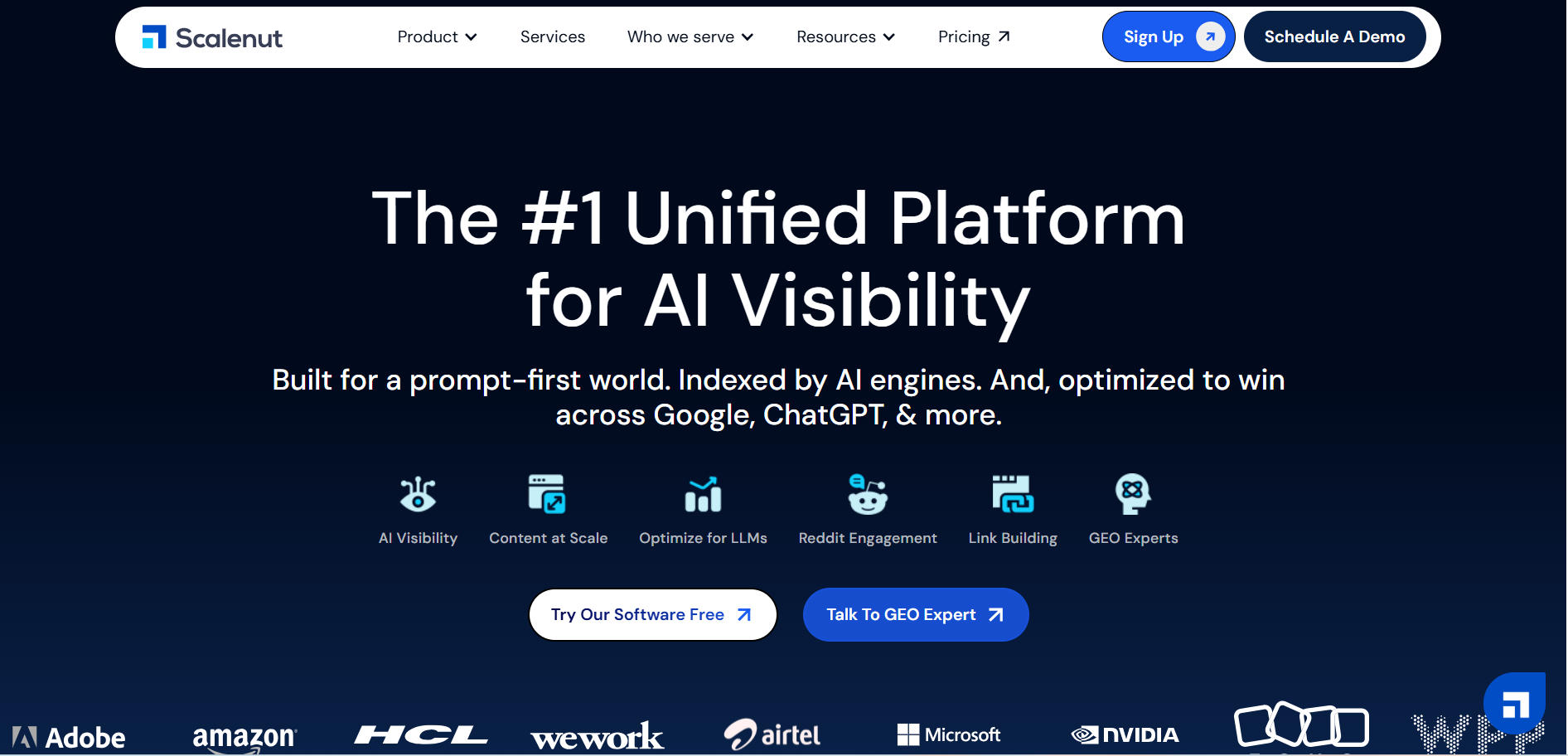
Search is now answer-led. Humans skim; models extract. To win, your pages must be clean and parseable: clear intent, structured sections, credible sources, internal links, and clear receipts. This is where Scalenut comes in.
Scalenut is built for AEO (Answer Engine Optimization) as much as it is for SEO. It guides you from research to publish with query-shaped titles, key highlight sections, NLP coverage, schema/meta hygiene, internal link architecture, and proof prompts. However, that's not all; it also tracks how you appear across AI engines and Reddit, allowing you to iterate on signals, not guesses.
What you get: One seamless workflow to plan → produce → optimize → measure, ensuring your content wins in both SEO rankings and AI-powered answers.
What makes Scalenut stand out?
GEO Watchtower:
See exactly where your brand shows up across AI engines, what’s cited, what’s missing, and where to double down.
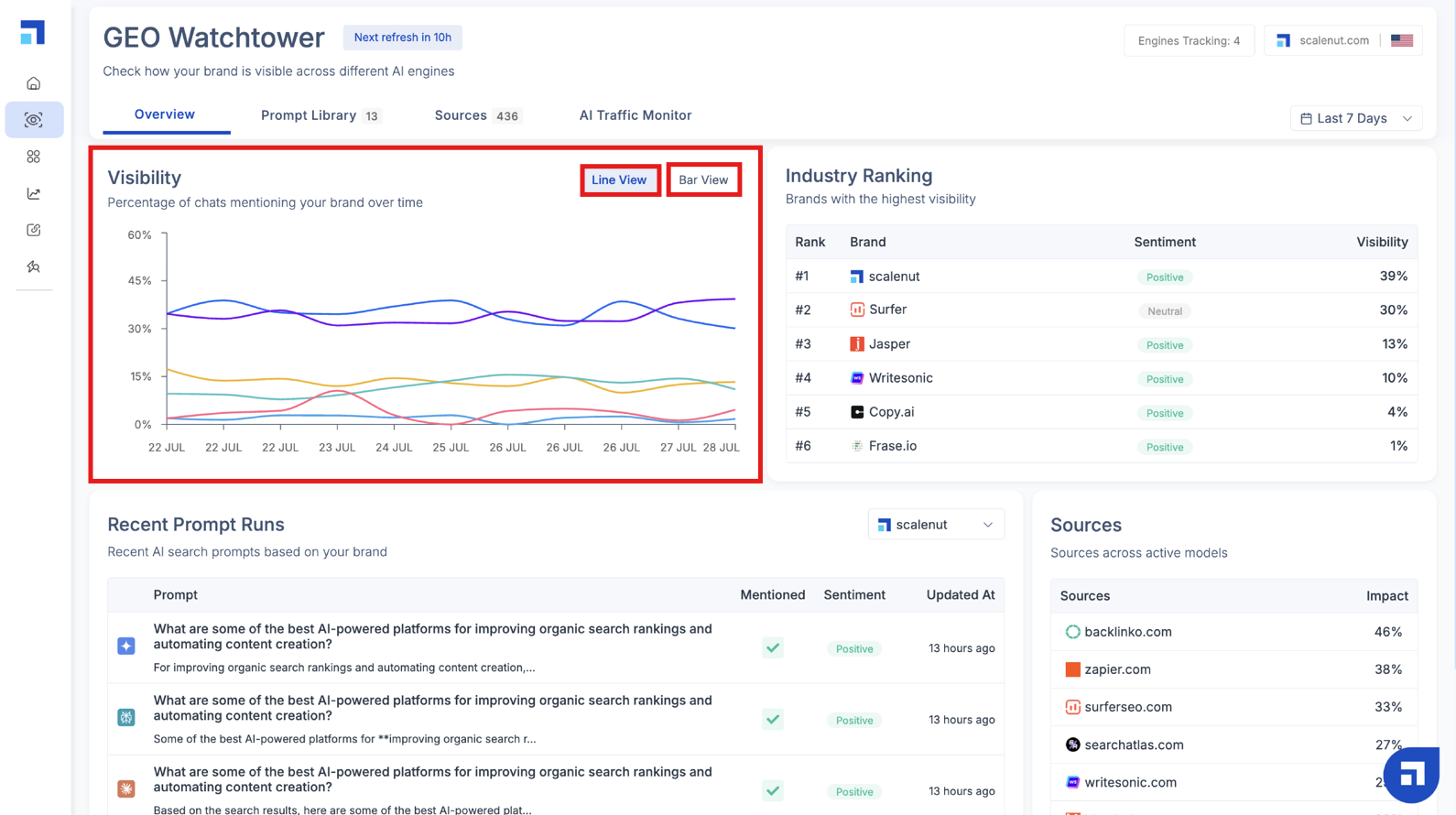
GEO Core: Your AEO power suite
- Article Writer/Cruise Mode: Cruise Mode is designed to help you create content that’s searchable, shareable, and strategically aligned with how users (and AI systems) consume information today. It walks you through every step of the process, from identifying intent-rich keywords to delivering a polished, humanized final draft.

- Content Optimizer: Designed around the principles of Generative Engine Optimization (GEO), the Content Optimizer helps you create content that’s not just visible, but valuable across AI-driven platforms and human audiences alike.

- Keyword Planner: Keyword Planner assists to develop topical authority, increase content rankings and drive organic traffic to your website.

- Content Audit: A content audit is a detailed evaluation of your website’s content to assess its performance, quality, and relevance, not just in the eyes of Google, but also how it aligns with AI systems and user intent. It involves reviewing every page across your domain to identify what’s working, what needs improvement, and what no longer serves your goals.

Social UpReach:
Social UpReach helps you track mentions, surface trends, and engage smartly, all within Reddit’s vast, high-impact ecosystem. It’s your all-in-one tool to stay informed, act fast, and make smarter decisions based on what real people are saying.
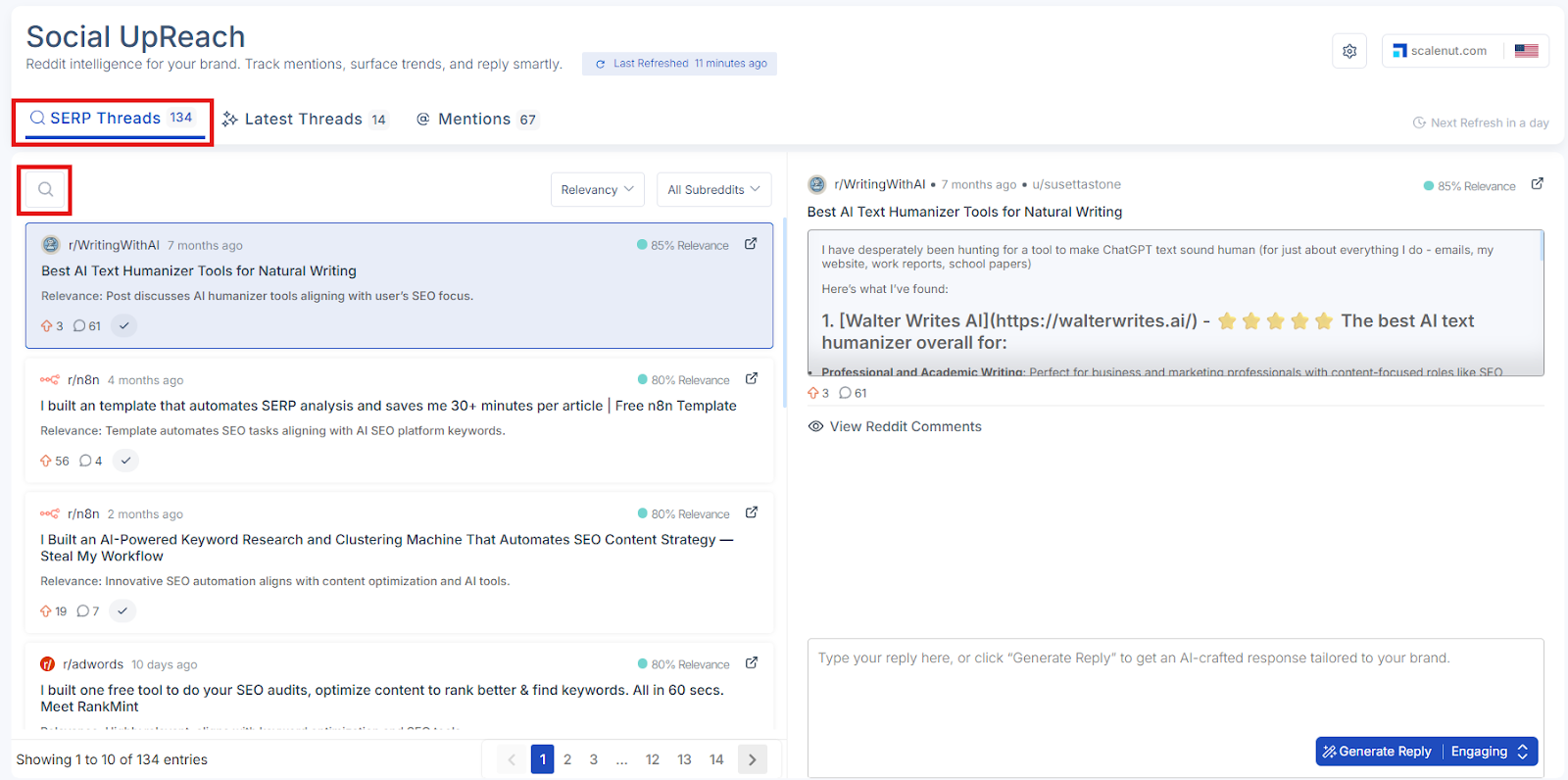
Backlinks Marketplace:
Think of it like an online store, but for backlinks! Instead of cold emails and endless outreach, you get access to a huge selection of vetted websites and blogs, ready to feature your links.

Pricing & Plans
- GEO CORE: Essential: $49/mo Growth: $79/mo Pro: $149/mo Add-ons: Link Manager ($19/month), AI Detect & Humanizer ($9.9/month), OnPage Pro ($19/month)
- GEO Watchtower: Starts at $1/month
- Social Upreach: Growth ($19/month), Pro ($39/month), Enterprise (Custom)
- Backlinks Marketplace: Pay-as-you-use.
- Managed Service: Custom pricing.
To check out the platform for yourself, sign up for the 7-Day free trial today!
What are the Pros of using Scalenut?
- All-in-one: planning → drafting → optimization → tracking (reduces tool sprawl).
- AEO-aware features: Watchtower for AI engines, Reddit tracking, NLP/gaps, internal links, schema nudges.
- Actionable optimizer: real-time suggestions and “Fix it” edits; cruise-mode outlines aligned to SERP intent.
- Good value at annual promo tiers for teams ramping volume.
What are the Cons of using Scalenut?
- First drafts may need humanization
- AI image/text quality may sometimes be inconsistent.
- Multilingual support is currently unavailable.
2. Writesonic
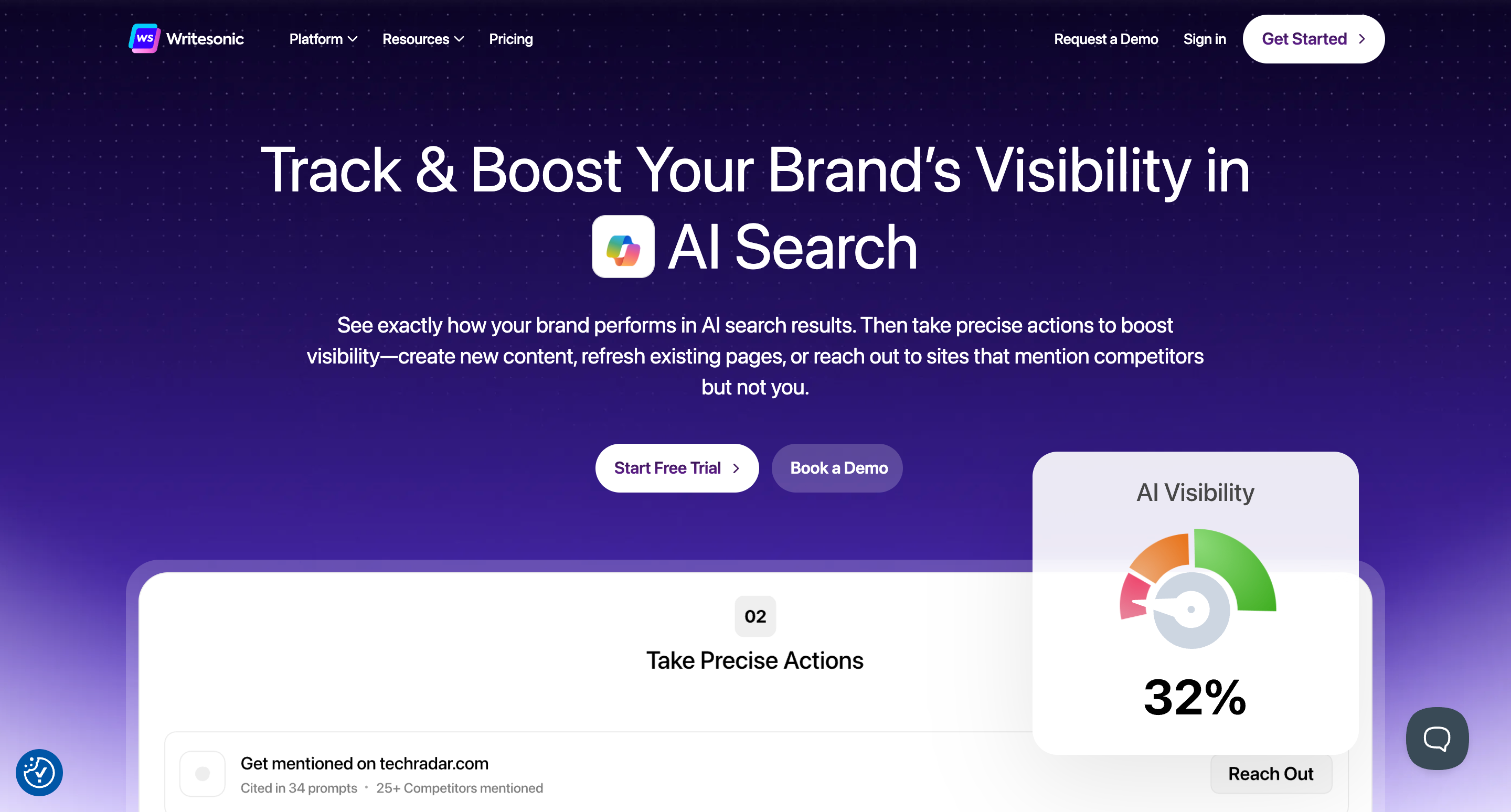
The Writesonic AI Visibility Tool enhances search optimization by leveraging generative AI and large language models. This tool provides AI overviews of content performance, enabling marketers to track search visibility and analyze user queries effectively. Features include competitive analysis, sentiment analysis, and schema markup suggestions, enabling enhanced content strategies.
While it excels in content creation and brand visibility improvement, some users may find the interface complex initially. However, the tool's ability to optimize for voice search and traditional SEO can significantly boost organic traffic in an evolving search landscape.
Why Writesonic Stands Out?
- Live-aware writing (Chatsonic): Can reference recent web info inside drafts for timelier content.
- Template speed at scale: 100+ prompts for blogs, ads, product pages, FAQs, and more, great for batch work.
- Brand voices & custom prompts: Save tones, rules, and style so multiple writers stay consistent.
- Multi-language reach: Generate and localize content for dozens of markets from one place.
- Ecosystem tools: Botsonic for on-site Q&A and Photosonic for creatives, reducing tool switching.
Pricing and Plans
- Lite: $49/mo
- Standard: $99/mo
- Professional: $249/mo. Adds AI Search Visibility (GEO)
- Advanced: $499/mo
- Enterprise: Custom pricing.
What are the Pros of using Writesonic?
- Fast, template-driven production for blogs, ads, and ecommerce copy.
- Chatsonic’s browsing helps reduce stale facts in time-sensitive pieces.
- Solid for bulk generation (product descriptions, meta tags, variants).
- Brand voice profiles + reusable prompts keep teams aligned.
- Multilingual output and basic API/Zapier options for workflows.
- Clean editor with outlines, headings, and expansion tools.
What are the Cons of using Writesonic?
- Factual accuracy still needs human QA, even with browsing enabled.
- Outputs can feel formulaic without strong briefs and brand rules.
- Credit/word-based pricing can be tricky to predict for heavy users.
- Long-form structure control isn’t as granular as a full CMS/editor stack.
- Best integrations/features may sit behind higher tiers.
- Image quality (Photosonic) can be hit-or-miss for polished brand assets.
3. Surfer SEO
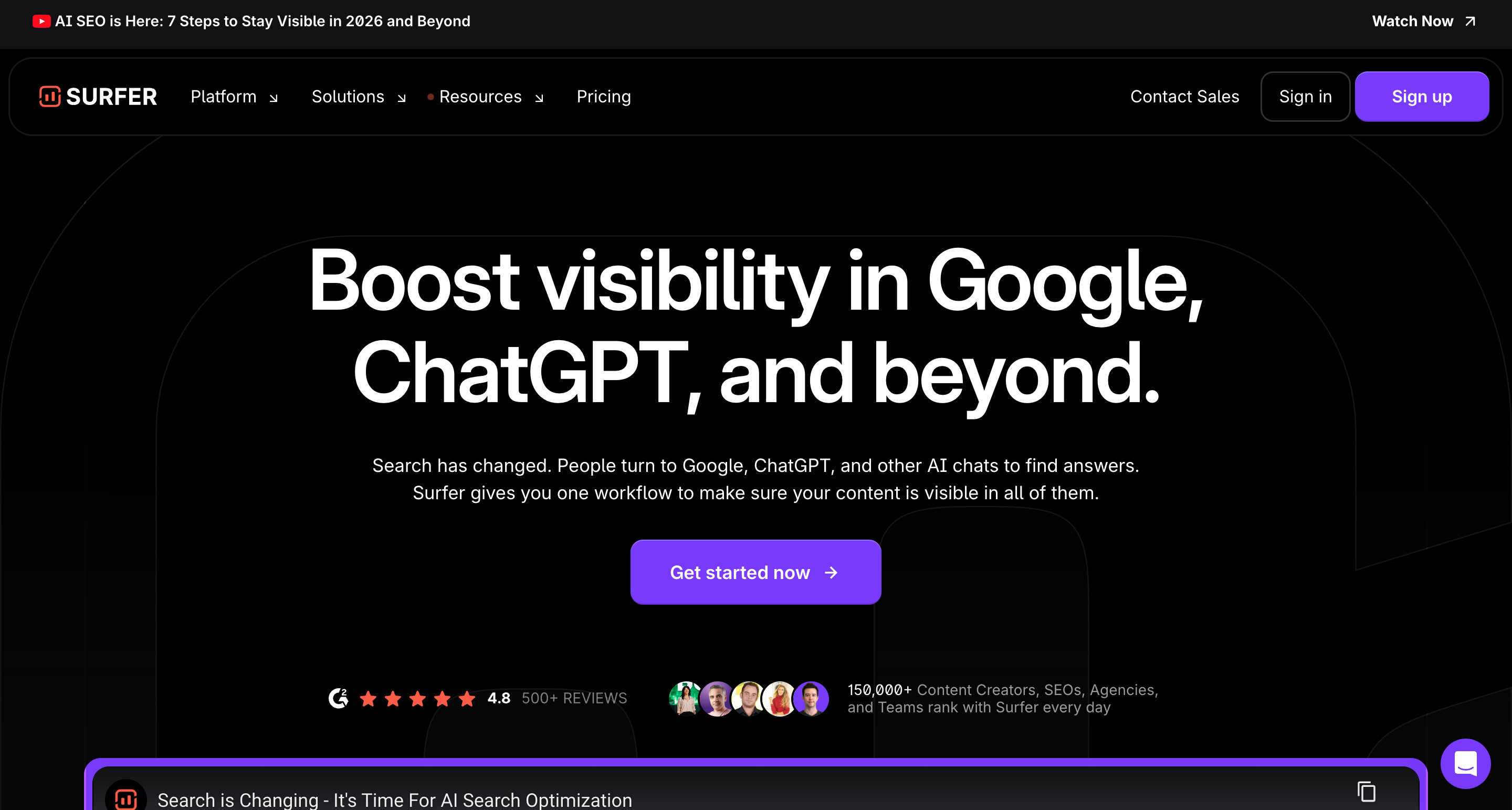
Surfer is a content optimization + AI writing platform built around its real-time Content Editor. It analyzes top SERP competitors and guides you on headings, questions, entities, and length—then adds automation like Auto-Optimize (one-click topic enrichment) and Auto Internal Links (semantic internal linking) to speed up on-page wins. Newer layers include AI articles and an AI Tracker add-on to monitor visibility in AI answers
Why Surfer SEO stands out?
- Content Editor (live guidance): SERP-based recommendations to make pages rank- and answer-ready.
- Auto-Optimize: One click to boost Content Score by inserting relevant terms/sections with version history & API access.
- Auto Internal Links: Scans your site and inserts contextual links (semantic mode via GSC).
- Content Audit & monitoring: Track pages, get action items, and iterate.
- Surfer AI: Generate draft articles that align to intent, then refine in the editor.
- AI Tracker (add-on): Daily visibility insights across top AI models.
Pricing and Plans
- Essential: $99/mo
- Scale: $219/mo
- Enterprise: Custom.
- Add-ons: AI Tracker $95/25 prompts; Rank Tracker $8.50/100 keywords; SERP Analyzer $29
What are the Pros of Surfer SEO?
- Fast, guided workflow from brief → draft → optimize → link in one tool.
- Powerful automation (Auto-Optimize, internal linking) to scale updates.
- Clear, shareable Content Score KPIs for writers and stakeholders.
What are the Cons of Surfer SEO?
- Outputs can feel templated without strong briefs and human edits.
- Add-ons/overages (AI articles, AI Tracker, SERP Analyzer, Rank Tracker) can inflate cost at scale.
- Still on-page focused, you’ll need separate tools for off-page/technical SEO.
4. Otterly.AI
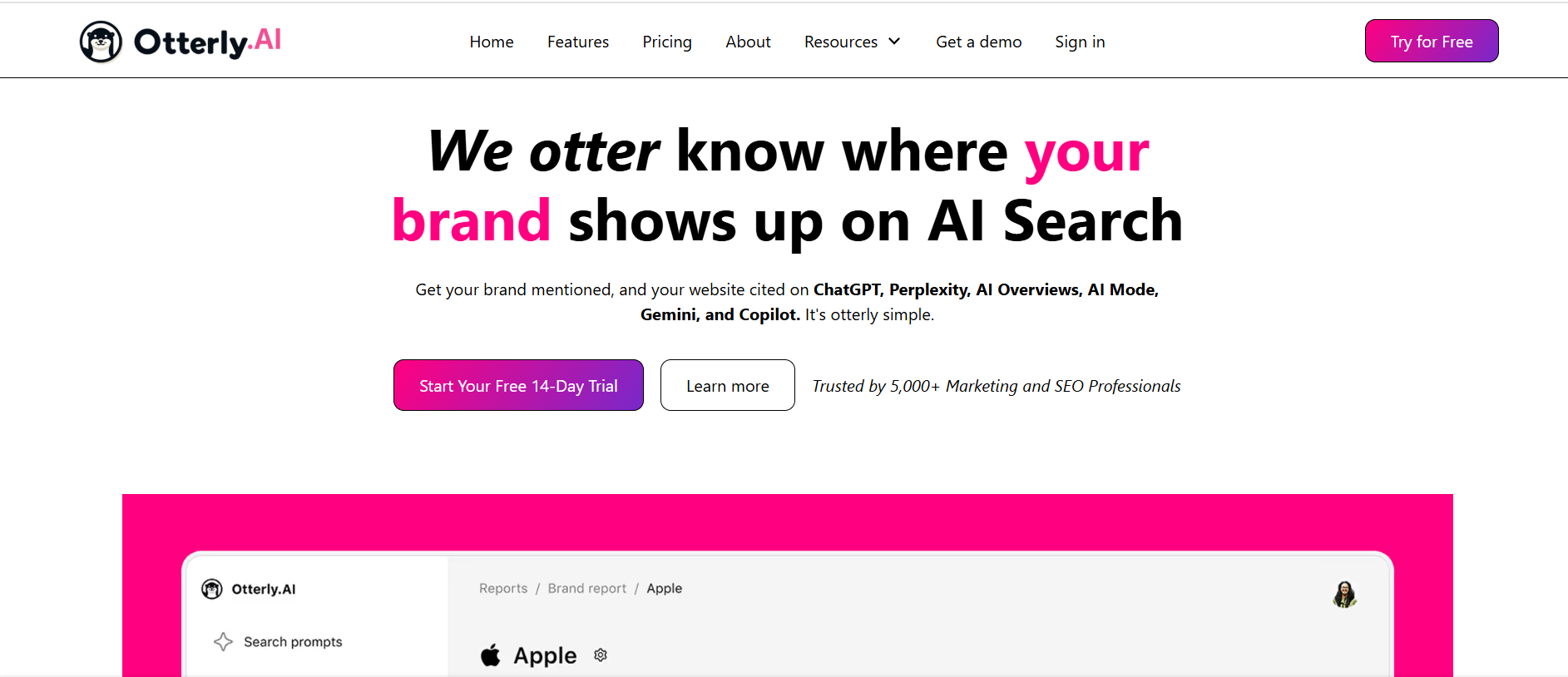
Otterly.ai is an AI-search monitoring platform that tracks how (and where) your brand, pages, and links appear across AI Overviews and answer engines like ChatGPT, Perplexity, Gemini, Copilot, and Google’s AI modes. It turns AI-answer visibility into measurable KPIs so content, PR, and SEO teams can react with evidence, not guesses.
Why does it stand out?
- Multi-engine tracking: Monitor mentions, links, and answer presence across Google AI Overviews/AI Mode, ChatGPT, Perplexity, Gemini, and Microsoft Copilot.
- Prompt monitoring: Add the prompts that matter and get automated, daily checks of AI answers and changes.
- Brand Visibility Index & reports: KPI dashboards for brand coverage, citations, and trends; unlimited brand reports.
- Domain & link analytics: See which URLs are cited, how often, and how rankings move over time.
- AI Keyword → Prompt research: Turn keywords/URLs into likely AI prompts users ask.
- GEO Audit: Built-in audit to spot gaps (content, PR, UGC) that impact AI-answer presence.
Pricing and Plans
- Lite: $29/mo
- Standard: $189/mo
- Premium: $489/mo
- Enterprise: Custom
What are the Pros of using Otterly.ai?
- Purpose-built for AI answer visibility (not just classic SERPs).
- Tracks multiple AI engines in one place with daily automation.
- Clear KPIs (Brand Visibility Index) and CSV exports for stakeholders.
- Unlimited brand reports even on lower tiers, useful for competitive watchlists.
What are the Disadvantages of using Otterly.ai?
- Focuses on monitoring; content change/creation tools are minimal compared with all-in-one suites, teams still need separate execution tools.
- Pricing scales by number of tracked prompts; heavy coverage needs can get pricey.
- Google AI Mode tracking availability is US-only
5. ScrunchAI
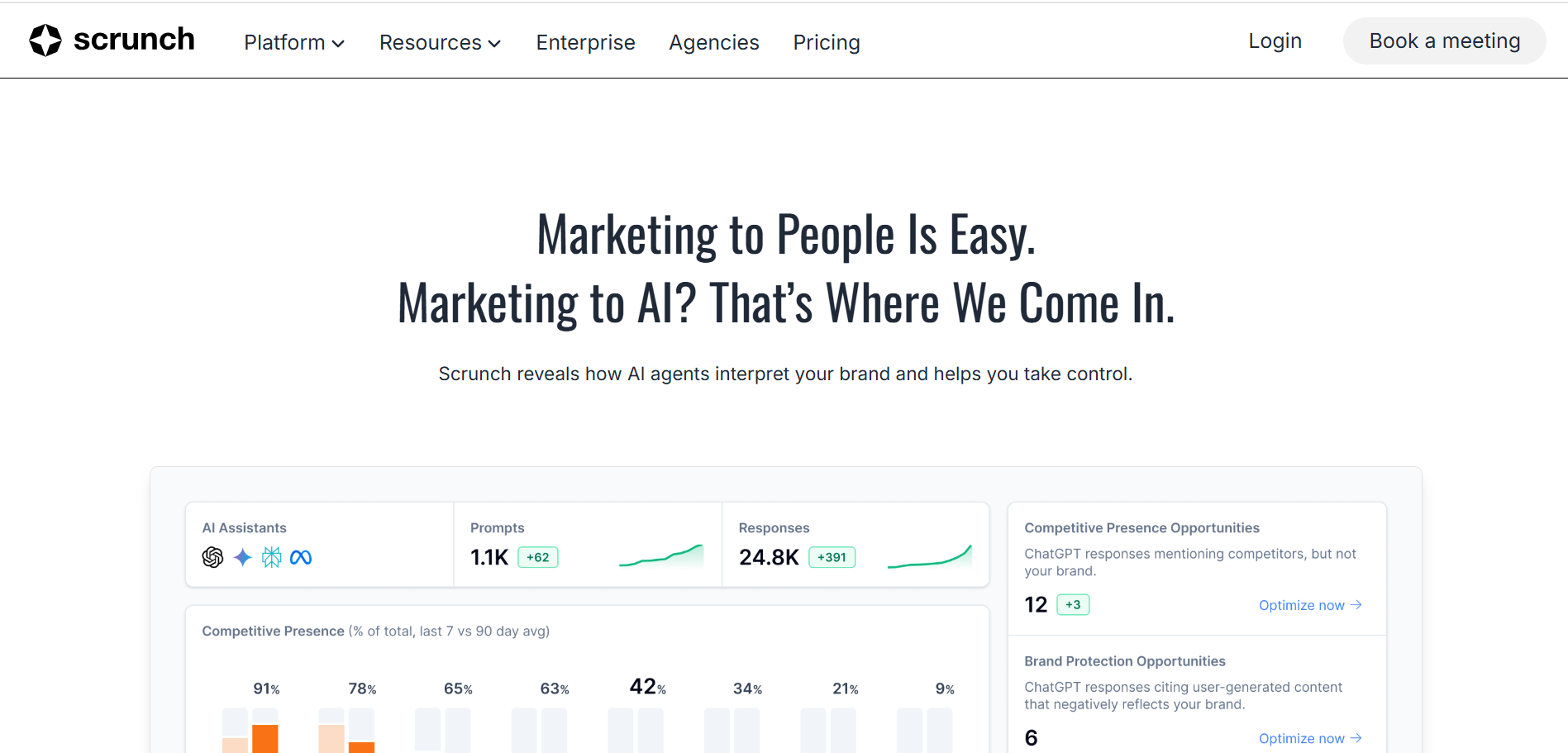
Scrunch AI is an AI-search visibility platform that tracks how your brand appears across ChatGPT, Gemini, Perplexity, Google AI Overviews, Meta AI, and more. It Then, it turns those sightings into actionable insights and site fixes for improved citations and accuracy.
Why does ScrunchAI stand out?
- Multi-engine monitoring: Central view of mentions, links, position, and sentiment across major AI engines.
- Prompt tracking at scale: Monitor hundreds–thousands of custom/industry prompts with trend reports.
- Insights & audits: Identify content gaps/misinformation and get guidance to make pages more AI-readable.
- AI bot traffic & domain analytics: See bot engagement, exports, and domain-level movement over time.
- Enterprise controls: SSO, data API, dedicated success for larger teams
Pricing and Plans
- Starter: $300
- Growth: $500
- Pro: $1,000
- Enterprise: Custom
What are the Pros of ScrunchAI?
- Purpose-built for AI answer visibility, not just classic SERPs.
- Tracks many AI platforms in one place with clear, exportable dashboards.
- Scales well (prompts, users, personas) with predictable tiers.
- Active product velocity and recent feature drops (bot traffic, improved exports)
What are the Cons of ScrunchAI?
- Heavier focus on monitoring/insight than on in-app content creation; you’ll still edit content elsewhere.
- Best fit (and price) targets teams serious about AI visibility; smaller teams may find it overkill.
- Coverage and accuracy can vary by engine/geography (the space is evolving).
6. Profound

Profound is your AI visibility command center for enterprise brands. It continuously checks millions of real-world prompts across ChatGPT, Perplexity, Gemini, Copilot, Google AI Overviews/AI Mode, Grok, Meta AI, and more to show exactly where you’re cited, which links appear, and how you stack up.
What makes Profound stand out?
- Multi-engine, high-volume tracking: Millions of prompts run daily to monitor mentions, citations, sentiment, and rank across major AI surfaces.
- Leaderboards & benchmarking: Public weekly leaderboard plus brand-level reporting to compare coverage vs. competitors.
- Enterprise readiness: Global markets/languages, SOC-style enterprise posture, and workflows for large teams.
Pricing and Plans
- Lite: $499/month
- Enterprise: Custom
What are the Pros of Profound?
- Best-in-class AI visibility analytics across many engines in one place.
- Strong benchmarking (leaderboard + trend reporting) that’s easy to share with stakeholders.
- Designed for large, multi-market brands (scale, languages, coverage).
What are the Cons of Profound?
- Focuses on monitoring/insights, but you’ll still execute fixes in other tools.
- Enterprise-oriented pricing; may be overkill for small teams.
- Coverage depth can vary by engine/region as the landscape evolves.
7. Frase
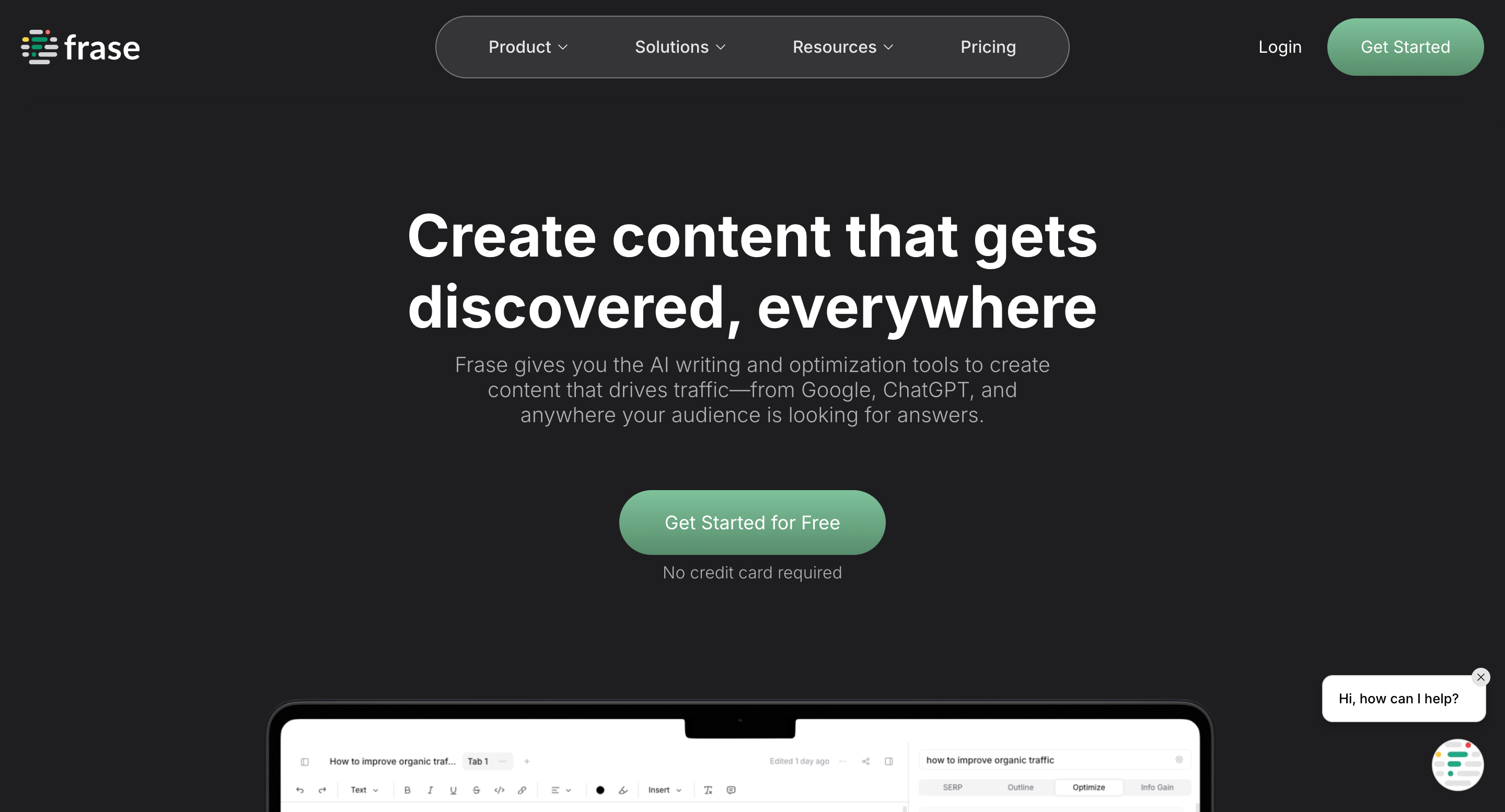
Frase is an AI writing + optimization suite built for AEO/SEO-ready content. It turns a target keyword or question into research, briefs, outlines, and answer-ready drafts, then live-scores your copy against SERP competitors so you can plug topic gaps and earn citations, fast.
Great for teams that want a single workflow from research → brief → write → optimize.
What makes Frase stand out?
- AI Content Briefs: One click to pull headings, questions, and competitor coverage; generate a writer-friendly brief.
- Content Editor + Outlines: Draft, expand, and restructure long-form articles inside a guided editor.
- Real-time Optimization (SEO & GEO): Benchmark against top results and fix topic gaps for answer visibility.
- Content Opportunities & Alerts: Spot decays and quick wins with page-level monitoring.
- Governance: Brand Voices, Reference Docs, and Terms to keep multi-writer teams on-brand.
Pricing and Plans
- Starter: $45/mo
- Professional: $115/mo
- Enterprise: Custom.
- Pay-as-you-go “Rank-Ready AI Documents”: from $2/doc with bundles.
What are the Pros of Frase?
- End-to-end flow (research → brief → write → optimize) in one tool.
- Strong, customizable briefs; speeds up writer onboarding.
- Live optimization makes pages answer-ready for both SEO and GEO.
- Useful governance for teams (Brand Voice, Terms, refs).
What are the Cons of Frase?
- You’ll still want external tools for backlinks, tech SEO, and distribution. (Scope choice by design.)
- Drafts can feel generic without good briefs/brand inputs (true of most AI writers).
- Collaboration features exist but aren’t a full content CMS/workflow suite
8. Peec.AI
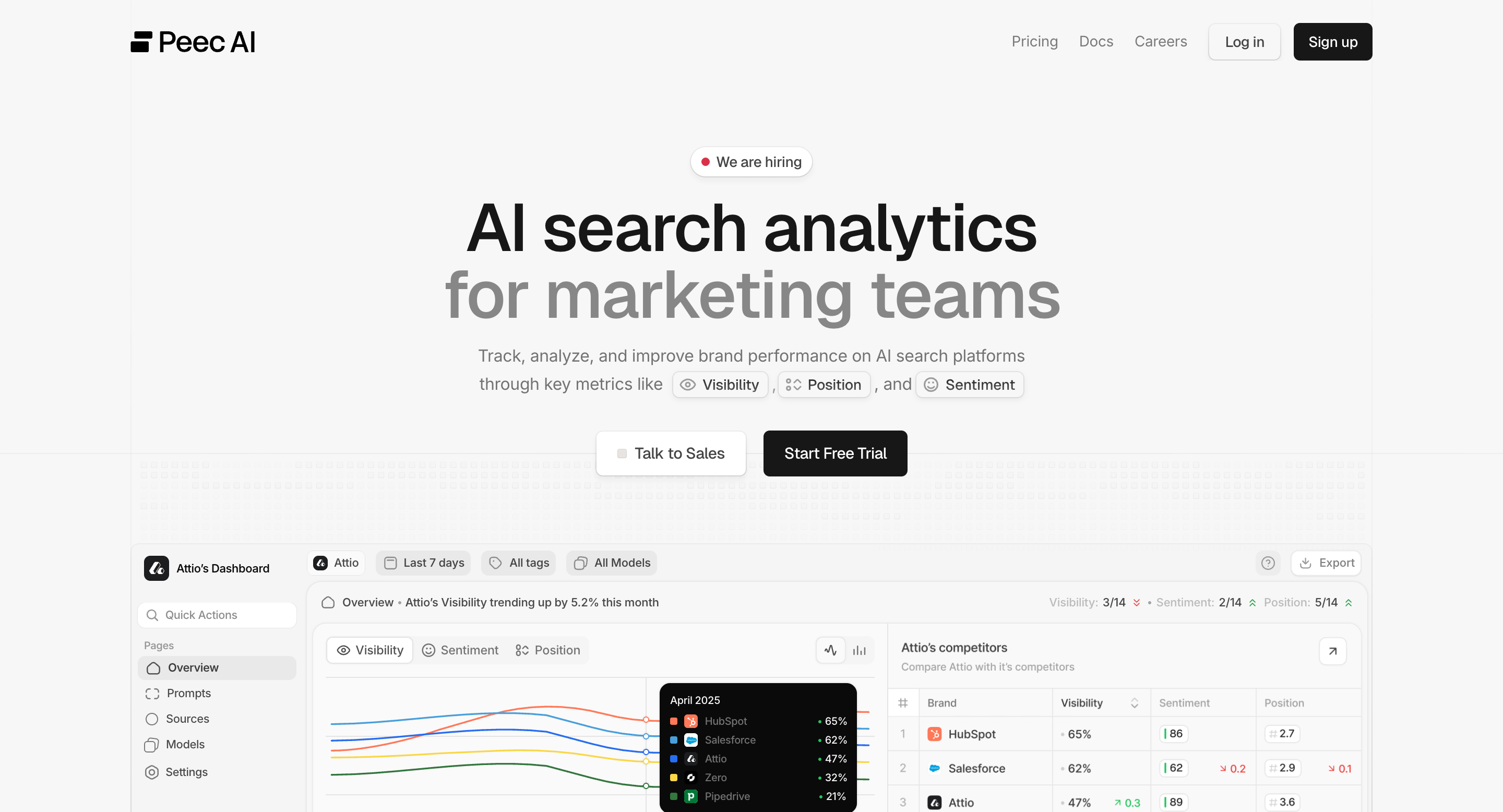
Peec.AI is an AI search analytics platform that shows how your brand appears inside answers from ChatGPT, Perplexity, Claude/Gemini, and Google’s AI modes. So marketing and SEO teams can measure citations, benchmark competitors, and optimize for AI-era visibility rather than just classic SERPs.
What makes Peec.AI stand out?
- Multi-engine coverage: Track presence across ChatGPT, Perplexity, Claude/Gemini and more, with daily runs.
- Prompt tracking & dashboards: Monitor the prompts that matter, visualize brand mentions vs. source links, and follow trends over time.
- Competitive benchmarking: Compare visibility and sources against rivals to spot gaps and wins.
- Regions & seats: Multi-country tracking and unlimited seats on paid tiers, handy for agencies.
Pricing and Plans
- Starter: €89/mo
- Pro (most popular): €199/mo
- Enterprise: €499+/mo
What are the Pros of Peec.AI?
- Purpose-built for AI answer visibility with simple setup and clear KPIs for marketers.
- Affordable tiers relative to many enterprise GEO tools.
- Good fit for SMBs and agencies needing monitoring and client reporting.
What are the Cons of Peec.AI?
- Data is interval-based (daily) rather than real-time; advanced action layers live in other tools.
- Broader engine add-ons (Gemini, AI Mode, Claude, DeepSeek, etc.) can increase cost.
9. Clearscope

Clearscope is a content optimization + writing platform built around a real-time editor and content scoring. It helps you discover topics, draft smarter, and publish pages that match intent, plus monitor, localize, and improve internal linking as you scale.
What makes Clearscope stand out?
- Live Content Grading: Real-time topic coverage and readability guidance inside the editor (Docs/Word/WordPress integrations).
- Discover → Write → Optimize → Protect: Workflow for research, briefs, optimization, ongoing monitoring.
- Localize & Linking modules: Create location-focused content and add AI-assisted internal links.
Pricing and Plans
- Essentials: $129/mo
- Business: $399/mo
- Enterprise: Custom
What are the Pros of Clearscope?
- Clear, writer-friendly guidance and content score KPIs.
- Streamlined workflow from research to optimization in one place.
- Usability + onboarding/support praised; easy team adoption.
What are the Cons of Clearscope?
- On-page focused, backlinks/technical SEO live in other tools
- Credits/usage tiers can feel limiting for heavy publishers.
10. MarketMuse

MarketMuse is a planning-to-optimization platform that maps your entire site, scores topical authority, and turns it into briefs, outlines, and on-page fixes. Its workflow (Research → Plan → Content Brief → Optimize) uses proprietary topic models, Personalized Difficulty, and Content Score to show what to create, what to update, and why. Great for teams building clusters and scaling answer-ready content.
Why makes MarketMuse stand out?
- Topic & Cluster intelligence: Inventory + cluster analysis to reveal gaps, priorities, and ROI-likely pages.
- Content Briefs (9 types): Article, FAQ, How-to, Comparison, Listicle, Local, News/Event, Guide, Product Review, each with headings, questions, links, and coverage targets.
- Proprietary scoring: Topic Model, Content Score, Personalized Difficulty, Competitive Advantage, Topic/Page Authority for evidence-based decisions.
- Unlimited queries on higher tiers: Research/Strategy tiers lift query caps for deep planning.
Pricing and Plans
- Optimize: $99/mo
- Research: $249/mo
- Strategy: $499/mo
What are the Pros of MarketMuse?
- End-to-end plan → brief → optimize in one tool, excellent for cluster building.
- Briefs and scoring help writers produce answer-ready content faster.
- Strong proprietary metrics vs. commodity keyword tools.
What are the Cons of MarketMuse?
- Not a backlinks/tech SEO suite, you’ll still need other tools.
- Learning curve to get full value from Inventory/Strategy docs.
- Pricing can feel premium for solo creators depending on tier.
What Sets AEO Tools Apart from Traditional SEO Tools?
AEO tools and traditional SEO tools are designed for two different worlds of search.
While traditional SEO tools focus on helping you climb the rankings on Google, AEO tools are built for the new landscape of AI search engines, where being cited in an answer is the ultimate goal. The fundamental difference lies in what they measure and optimize for.
How do they compare? Traditional SEO tools are masters of keyword rankings, backlink analysis, and technical site health. AEO tools, on the other hand, are focused on tracking your visibility inside AI-generated answers. They provide a different kind of competitive analysis, showing you not just who ranks, but who AI trusts.
Here’s what sets AEO tools apart:
- AI Mention Tracking: They monitor how often your brand is mentioned across AI platforms.
- Sentiment Analysis: They analyze whether AI is portraying your brand positively or negatively.
- Source Identification: They show you which sources AI systems are citing.
- Conversational Query Focus: They prioritize content optimization for natural language questions.
What are the key features to look for in AEO Tools?
When evaluating AEO (Answer Engine Optimization) tools, look for features that specifically help your content get surfaced in AI-driven answers rather than just rank on search engines. Key features include:
- Answer Visibility Tracking - Monitors how your brand appears in AI responses (ChatGPT, Perplexity, Google AI Overviews).
- Content Gap Analysis - Identifies unanswered or poorly covered questions in your niche so you can create high-value answers.
- Structured Data & Schema Support - Ensures your content is machine-readable (FAQs, how-tos, product schema).
- Question-based Keyword Research - Goes beyond keywords to reveal the exact questions users and AI are asking.
- Competitor Answer Benchmarking - Shows which competitors are being cited by AI tools and how they’re structured.
- Readability & Clarity Scoring - Checks if your content is concise, scannable, and AI-friendly.
- AI Snippet/Response Simulation - Predicts how AI engines might summarize your content so you can optimize accordingly.
- Integration with SEO Metrics - Combines traditional SEO data (traffic, ranking) with AEO insights for a holistic view.
What are some of the practical use cases for brands and marketers?
One of the most powerful use cases for AEO tools is transforming an invisible brand presence into a dominant one.
Take the example of the agency NoGood, which used an AEO tool to analyze its own visibility. They discovered that AI platforms were pulling outdated service descriptions from third-party sites, damaging their brand perception.
By using the tool to identify these issues and optimize their content strategy, they saw a 335% increase in traffic from AI sources and generated 48 high-value leads in a single quarter. This is a prime example of how AEO tools can significantly boost organic traffic by ensuring your brand is accurately and favorably represented in AI search results.
Here are some other practical use cases:
- Winning the Featured Snippet: Optimizing content to directly answer questions.
- Reputation Management: Correcting misinformation and negative sentiment in AI answers.
- Competitive Intelligence: Identifying why competitors are being cited and closing the gap.
- Content Ideation: Discovering the conversational queries your audience is asking AI.
What are some practical examples that show AEO tools significantly boosted organic traffic?
A powerful practical use case comes from real-world case studies where brands transformed their AI search presence. Here are some of them -
- From “page-one or bust” to "be the quoted answer.”
Brands that restructure pages around questions (clear summaries, tables, schema) and then track citations across ChatGPT/Perplexity/Google AI see their content lifted verbatim inside AI answers, often without needing a top-3 blue link.
- Conversion lift from AI-sourced traffic.
When teams monitor which prompts surface their brand and optimize answer snippets accordingly, AI-sourced visitors convert far better than classic search traffic, 27% vs. 2.1% in one reported GEO dataset. That's not just visibility; it's pipeline.
- Fixing brand inaccuracies at scale.
AEO monitoring reveals where AI answers use outdated bios, pricing, or features. Teams then update source pages, add receipts (citations/data), and re-check prompts weekly to flip sentiment and accuracy, turning misreps into qualified demand.
- Breaking into new niches (IT example).
In the IT niche, implementing AEO (technical prep, structured content, Q&A blocks) led to appearances inside AI responses, expanding zero-click visibility while traditional rankings caught up. The playbook: prep → structure → track prompts → iterate.
- Answer-first site revamps (SMB & B2B).
Case studies show that reworking pages around question clusters, FAQ schema, and concise verdicts, then auditing which URLs AI cites, drives steady gains in featured snippets and AI answers, especially for comparison and “best for X” searches.
Replicate it fast: Track 25–50 buyer prompts → find where you’re cited/missing → ship answer blocks (1-sentence takeaways, tables, FAQ schema, sources) → re-check weekly for share-of-answers and sentiment movement → repeat.
Conclusion
Use this top-10 to cover the whole AEO lifecycle: monitor (visibility + citations), diagnose (gaps + sentiment), and ship (briefs + on-page fixes). Pair them with your SEO stack for technical health and links, and you’ll win both answers and rankings.
Frequently Asked Questions
What is the difference between AEO tools and traditional SEO tools, and do I need both?
Yes, you need both. Use AEO tools to display results within AI answers, track prompts, citations, and visibility, and utilize traditional SEO tools for rankings, including keywords, links, and technical health.
Are there any free or open-source AEO tools that are effective for optimizing website content?
While a few AEO tools offer limited free tiers or low-cost plans for basic tracking, there are currently no major free or open-source solutions that provide the comprehensive features of paid platforms. For deep search optimization and analytics to boost organic traffic, investing in a paid tool is generally necessary.
What features should I prioritize when selecting an AEO tool?
When selecting an AEO tool, prioritize features like real-time search visibility tracking across multiple AI engines, AI-powered content optimization recommendations, sentiment analysis, and competitive benchmarking. A good user experience and clear, actionable reporting are also crucial for making the data useful to your team.
How do answer engine optimization tools help brands rank in AI-powered search?
Answer engine optimization tools help brands rank by providing insights to make their content more "citable." They help you track brand mentions, implement schema markup, build authority with quality citations, and structure content to directly answer questions, increasing the likelihood that AI search engines will feature you in their responses.
How can AEO tools help improve my website’s visibility in AI-powered search engines like Google SGE or ChatGPT?
AEO tools improve your search visibility by showing you how AI search engines perceive your brand presence. They track which user queries trigger mentions of your brand and provide content optimization suggestions to make your information more authoritative and likely to be cited in AI-generated answers.
What features should I look for when choosing an answer engine optimization tool for my business?
When choosing AEO tools, look for a combination of foundational and advanced features. This includes capabilities for conversational keyword research, AI SEO content analysis, competitive tracking, and clear reporting dashboards. A platform with an intuitive user experience will ensure your team can effectively act on the insights provided.








.webp)
